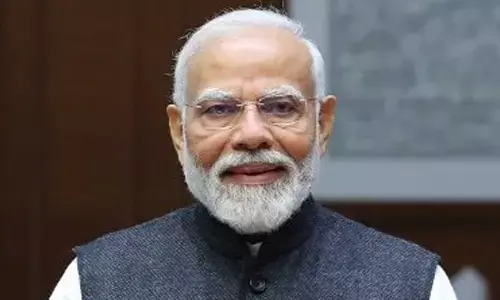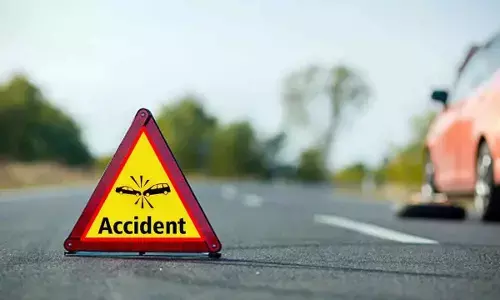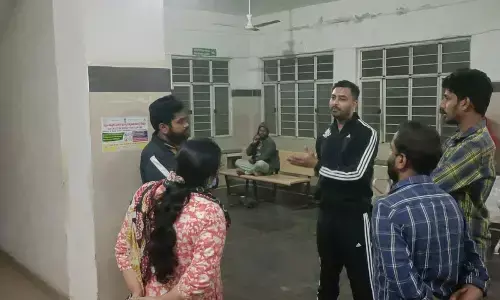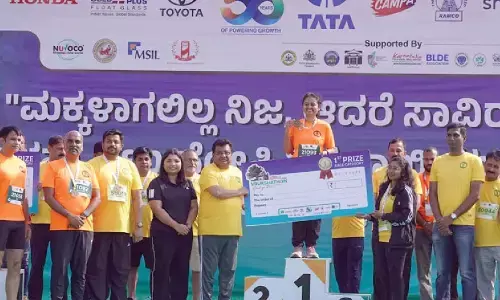Those Thrilling Rides on Trains

Train travel is a fascinating experience for children, as we noted in the previous part. In fact, children are so attracted, by the idea of train travel, that forming into a human train, and ‘choo choo-ing’ around, is a favourite pastime with them in parties. Which is also probably why children love riding, in the toy train in a zoo, much more than even seeing the animals
The USA has the largest rail network system covering around 250,000 km. In terms of employment, India is the leader. Switzerland and Japan have the best railroad infrastructure.
Though air travel is faster, people generally prefer to travel by trains, as airports are usually situated far away from cities, and a good deal of time is wasted in fulfilling formalities such as security checks. And train travel can be quite fast too. For example, the Siemens Velaro train, between Barcelona and Madrid in Spain, has an operational a speed of 350 km/h. In terms of high speed rail technology, Japan is the leader.
Train travel is also quite safe. The journey by the Pilatus railway, in Switzerland, may appear risky and dangerous. Still the train has an accident-free history. India, however, has a poor record. In 2021, more than 16,000 people were killed about 18,000 accidents.
Safe travel, whether by rail, road or air, has always been a matter of public concern. So much so that, when accidents take place on account of negligence, or incompetence, government functionaries at the highest levels are expected to accept accountability, as the incident relating to the train accident, in 1956, on the bridge over river Marudaiyaru in Tamil Nadu showed. Owing to torrential rain, pillars of the bridge were heavily damaged. The bridge collapsed when an express train tried to cross it and the train plunged into the river. The then Railway Minister of India, Lal Bahadur Shastri, accepting political, and moral, responsibility for the accident, offered his resignation to Prime Minister Jawaharlal Nehru which was accepted. Regrettably, however, this highly commendable practice is slowly beginning to lose its value.
In a slew of progressive measures, the Ministry of Railways, of the Government of India has, in recent years, introduced many innovative, and imaginative services. Notable among those are the Duronto Expresses which connect several metros to major state - capitals and are faster than the Rajadhani and Shatabdi Expresses. Garib Rath Expresses are cheaper, although more congested. The Bharat Gaurav Expresses, run by private parties, comprise theme based train services, across various circuits, showcasing India’s cultural heritage. The Vande Bharat Expresses, on the other hand, are medium distance super-fast services, connecting cities less than 800 km apart. Among other types are the Rajdhani Expresses are among the fastest and get the highest priority and the Intercity Expresses.
An exclusive, and posh, experience, although expensive, is travelling by the ‘Maharaja’s Express’, which takes tourists on a dream tour of exotic destinations over six nights and seven days. It has been the proud recipient, several time, of the world’s leading luxury train award, World Travel Awards, and is rated higher than other luxury trains, such as the ‘Royal Sportsman’ in the UK, the ‘Orient Express’ in Europe and the ‘Blue Train’ in South Africa.
Underground railway systems, also called metros or subways, carry large numbers of passengers in a relatively small and of space, reducing congestion on the roads and streets above. They free up space above for living spaces, and parks and significantly reduce atmospheric pollution. The first subway system in the world was proposed in 1843 as part of the city – improvement plant for London. It was commissioned in 1863 using steam locomotives. It is now popularly known as the ‘Tube’ or simply. ‘Underground’. Many other cities followed suit, such as Budapest, Paris and Boston. Many Indian cities have also, in recent times, taken to construction of metros, Kolkata being the first one to be inaugurated in 1984, followed by Delhi, which opened in 2004. The name, however, is not to be confused with the name given to a type of sandwich also called ‘subway’, which is known by that name as it has a shape of a submarine!
Under water tunnel trains reduce travel time and enhance transportation efficiency. As early as in 1843, the very first underwater train tunnel in the world started operations under the Thames river in London, followed by other, cities such as Hamburg and New York, The complexity of the technology and adverse environmental impact have, however, discouraged large scale adoption of the systems on a large scale.
The International Union of Railways (IUR), represents the railway sectors of various countries around the world and promotes rail transport. It has formed various partnerships and cooperative frameworks with other multinational railway authorities, with its mission being “to promote rail transport at world level and meet the challenges of mobility and sustainable development”. IUR has played leading role in standardising practices across the railway industry and expanding international cooperation in the sector.
Train travel is a fascinating experience for children, as we noted in the previous part. In fact, children are so attracted, by the idea of train travel, that forming into a human train, and ‘choo choo-ing’ around, is a favourite pastime with them in parties. Which is also probably why children love riding, in the toy train in a zoo, much more than even seeing the animals!
A branch line is a secondary railway line which branches off the more important trunk route or main line. When I was posted to Machilipatnam as an Assistant Collector under training, after allotment to the Andhra Pradesh state cadre of the IAS, Moheb, my batchmate from the Indian Revenue Service, sympathised with me as I had been posted on a town on a branch line!
When trains halt at stations, workers, or ‘gang coolies’, come on to the platform to check whether the track is in good shape or not. They rarely, however, know what they are doing. Once, upon my asking, about it the short reply I got was that they were merely following a ‘hukum’, or an order, to do so!
Railway staff, manning relatively unimportant stations have to be extremely alert, and cautious, while dealing with important trains passing through their stations. In a characteristically lighthearted depiction, the inimitable Telugu cartoonist, Bapu, once created a cartoon showing the Station Master, and the Assistant Station Master, of Godavari station (just short of the important Rajahmundry junction, on the northern side of the Godavari river, in Andhra Pradesh, state), bowing respectfully to the passing Calcutta Mail, event constituted the most significant event in their daily lives!
Talking of zoos reminds me of a characteristically sparkling exchange that once took place between my father and an uncle of mine, one of father’s brothers-in-law. The uncle was entering our house, just as my father, my mother, a cousin of mine, and I, were leaving for a visit, to the zoo, in Hyderabad. And father invited my uncle to join us on the trip, remarking that, after all, the animals in the zoo also were entitled to the sort of recreation provided by seeing people such as my uncle!
(The writer was formerly Chief Secretary, Government of Andhra Pradesh)














